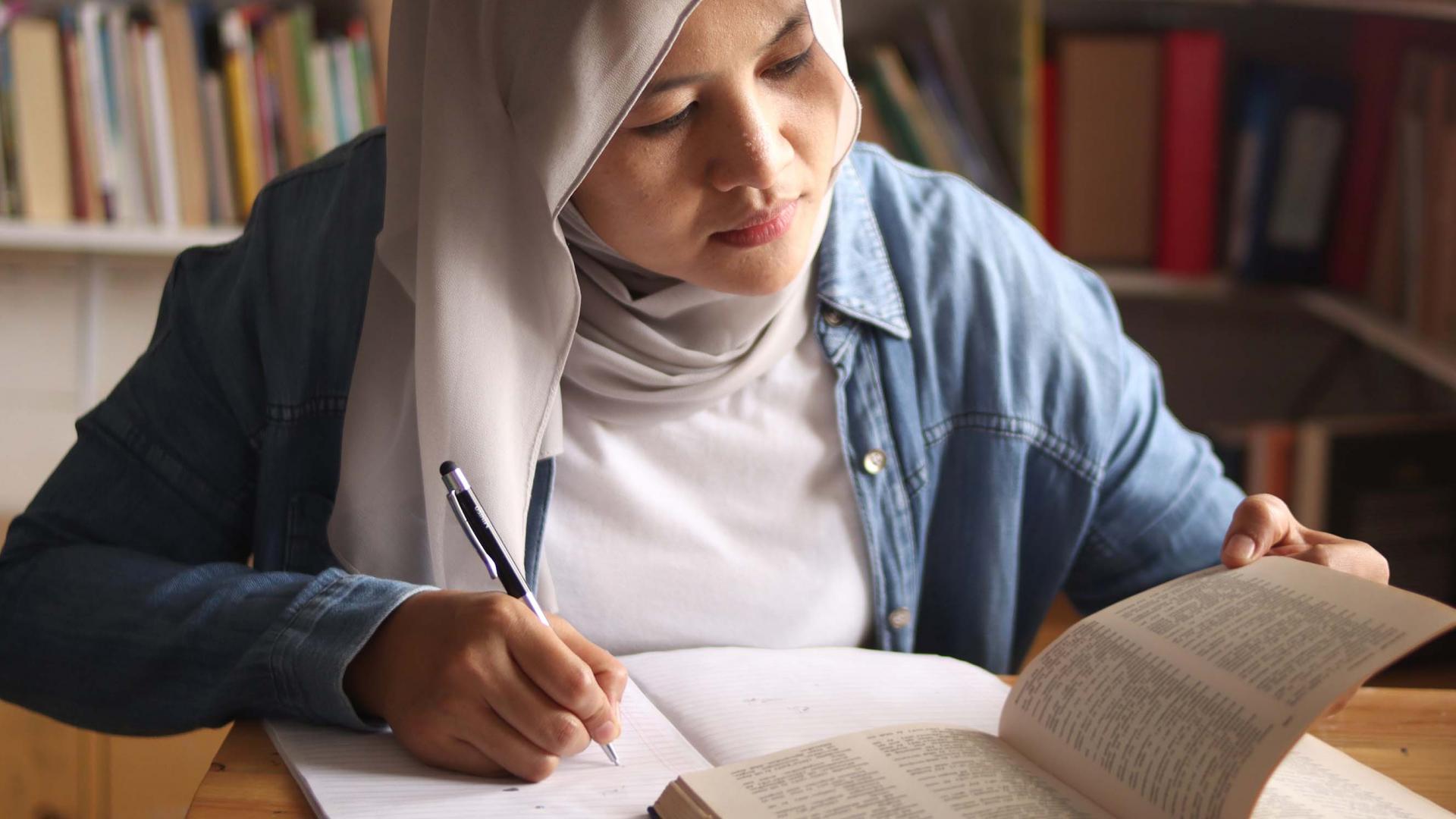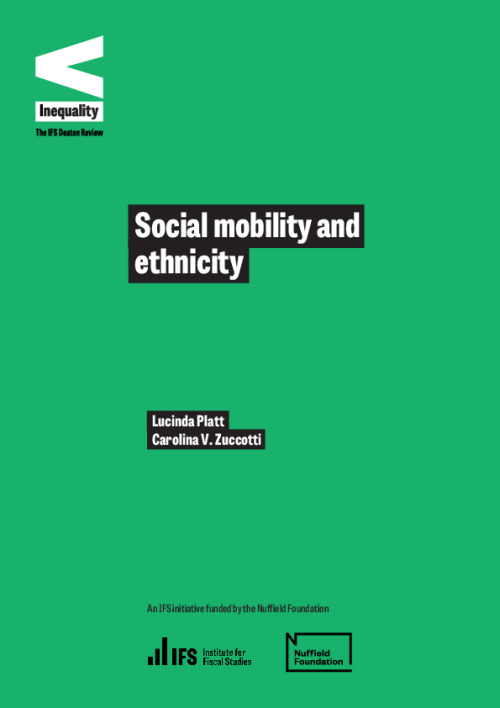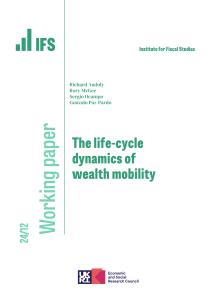There are well-documented ethnic inequalities in the labour market. While it has on occasion been suggested that these may stem from differences in characteristics among those of different ethnic groups – differences that can somehow explain the gaps away (Commission on Race and Ethnic Disparities, 2021) – others point to persistent evidence of discrimination in the UK labour market (Zwysen, Di Stasio and Heath, 2021), which itself helps shape ethnic minorities’ economic position across generations (Platt, 2021). By investigating patterns of both educational and occupational intergenerational mobility across ethnic groups, this briefing note sheds greater light on how historical disadvantages are, or are not, replicated in today’s education system and labour market, and the implications for targeted versus more general policies to level the playing field.
Specifically, this briefing note sets out how ethnic economic gaps open up, or do not open up, across those born and/or raised in the UK. It takes as a starting point the fact that second-generation ethnic minority children tend to grow up in poorer families, reflecting the ways that their immigrant parents are systematically disadvantaged in the labour market. Since we know that people from poorer family backgrounds tend to do worse both in education and in the labour market, this would be expected to disadvantage those from minority ethnic groups from the outset. However, second-generation ethnic minorities tend to do much better in terms of educational attainment than one would expect given those more disadvantaged origins. And yet, on moving into work, this ability to succeed in education does not bring the expected rewards. At each stage there are, nevertheless, important differences between different ethnic minority groups.
Key findings
The UK’s second-generation minority ethnic groups are performing well in education, especially in terms of attainment of degree-level education. This is striking because those from ethnic minority groups born or brought up in the UK are much more likely than those from white UK backgrounds to have been disadvantaged in childhood; and we know that childhood disadvantage is in general strongly associated with poorer educational outcomes. For example, second-generation Indian, Bangladeshi and black Caribbean women from manual class origins are over 20 percentage points more likely to attain tertiary qualifications than their white British peers, and Indian and Bangladeshi men are over 30 percentage points more likely to do so. The result is that, overall, nearly 60% of second-generation Indian and Bangladeshi men and around 50% of Indian, Bangladeshi and Caribbean women have tertiary qualifications, compared with under 30% of their white majority comparators. Ethnic minorities thus perform well in education despite disadvantaged family origins rather than performing less well as a result of such disadvantage. The latter pattern has been noted extensively outside the UK, making the UK experience distinctive.
Employment disadvantage of minority ethnic groups still, however, persists. Men and women from most ethnic minority groups have lower employment rates among those economically active than their white majority counterparts. This disadvantage is reduced but not eliminated when we account for disadvantaged family origins. For example, taking account of social class origins, the employment gap for second-generation Pakistani men reduces from around 4 percentage points to around 1 percentage point, and for Pakistani women from around 5 percentage points to around 2 percentage points. This would suggest some of the employment gap is driven by the disadvantages faced by their parents that persist across generations and are reduced but not eliminated by educational success.
For those in work, education does offer a route to attaining a higher social class for some minority groups. Indian and Bangladeshi men and Indian and Caribbean women achieve considerably greater levels of occupational success than their disadvantaged family origins might suggest. But this is not the case for Pakistani and Bangladeshi women, despite the fact that they are successful in education. For example, second-generation Pakistani and Bangladeshi women have around 5 percentage point lower probabilities of ending up in professional or managerial occupations than their similarly qualified white British comparators. These different patterns of social mobility suggest that efforts to improve social mobility in general will not benefit all groups equally.











